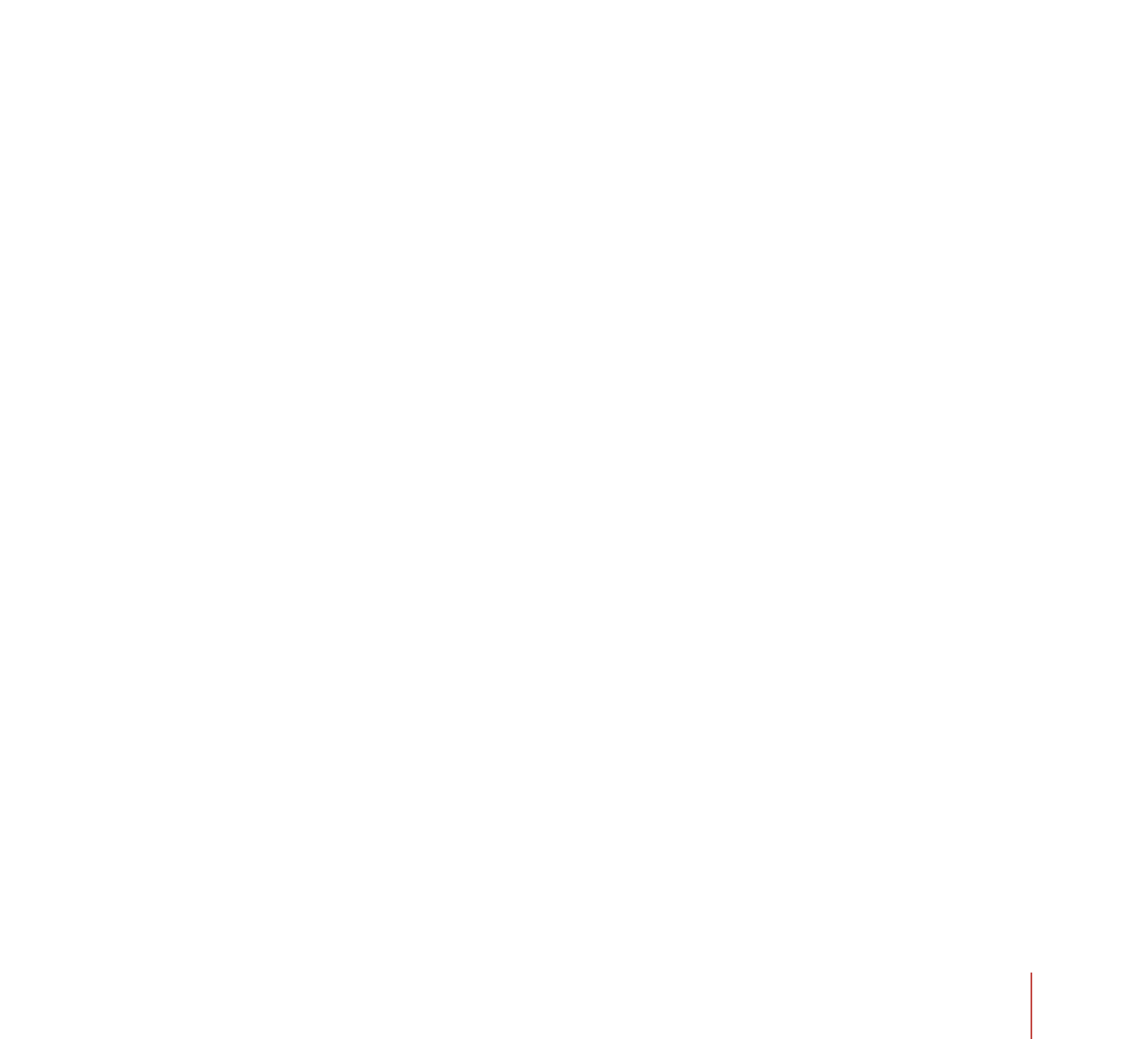

And the metronome indications?
P. B.
: A few
Préludes
include metronomic indications that are obvious most of the
time. For
Les sons et les parfums tournent dans l’air du soi
, however, Debussy noted a
tempo of 84, which is very fast, and I have never heard anyone perform it at that
speed. Some pianists play it much slower. As for me, I opt for an intermediate
solution in that I have a hard time keeping the tempo noted by the composer, but I
think it was an indication and that we should try to get as close as possible. As for
all the
Préludes
, Debussy placed the title at the end of the piece and added:
Charles
Baudelaire
. This is an indication to return to the entire poem
Harmonie du soir
, from
which the title of the piece was derived. There is also another verse that is very
important in my opinion: “Valse mélancolique et langoureux vertige” (“Melancholy
waltz and languorous vertigo”). The piece alternates between a three-four time,
which could also be a waltz rhythm, and a tow-four time (and sometimes the two
are combined). And I like this idea of “melancholy waltz” and a sense of vertigo
created by the uncertainty of the two times. In terms of tempo, it is interesting to
note that Debussy used the same indication of tempo (66) for
La fille aux cheveux de
lin
(Livre I) and
Bruyères
(Livre II), two pieces that clearly resonate with each other.
Interviewed by Alain Cochard
(1) The first book was composed between December 1909 and February 1910, the second between 1910 and
1912. The two books of the Préludes were published by Durand in 1910 and 1913, respectively
PHILIPPE BIANCONI 23

















